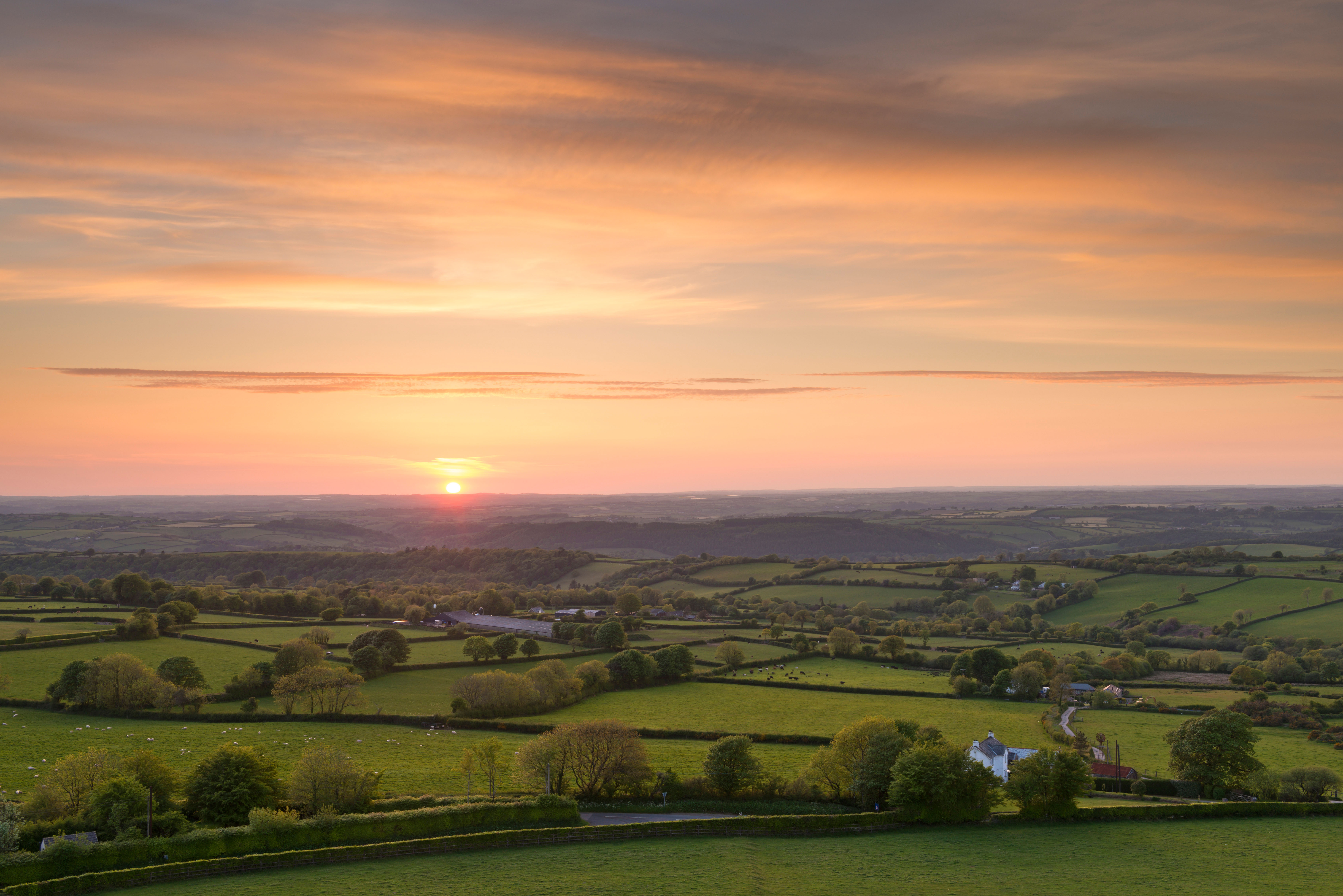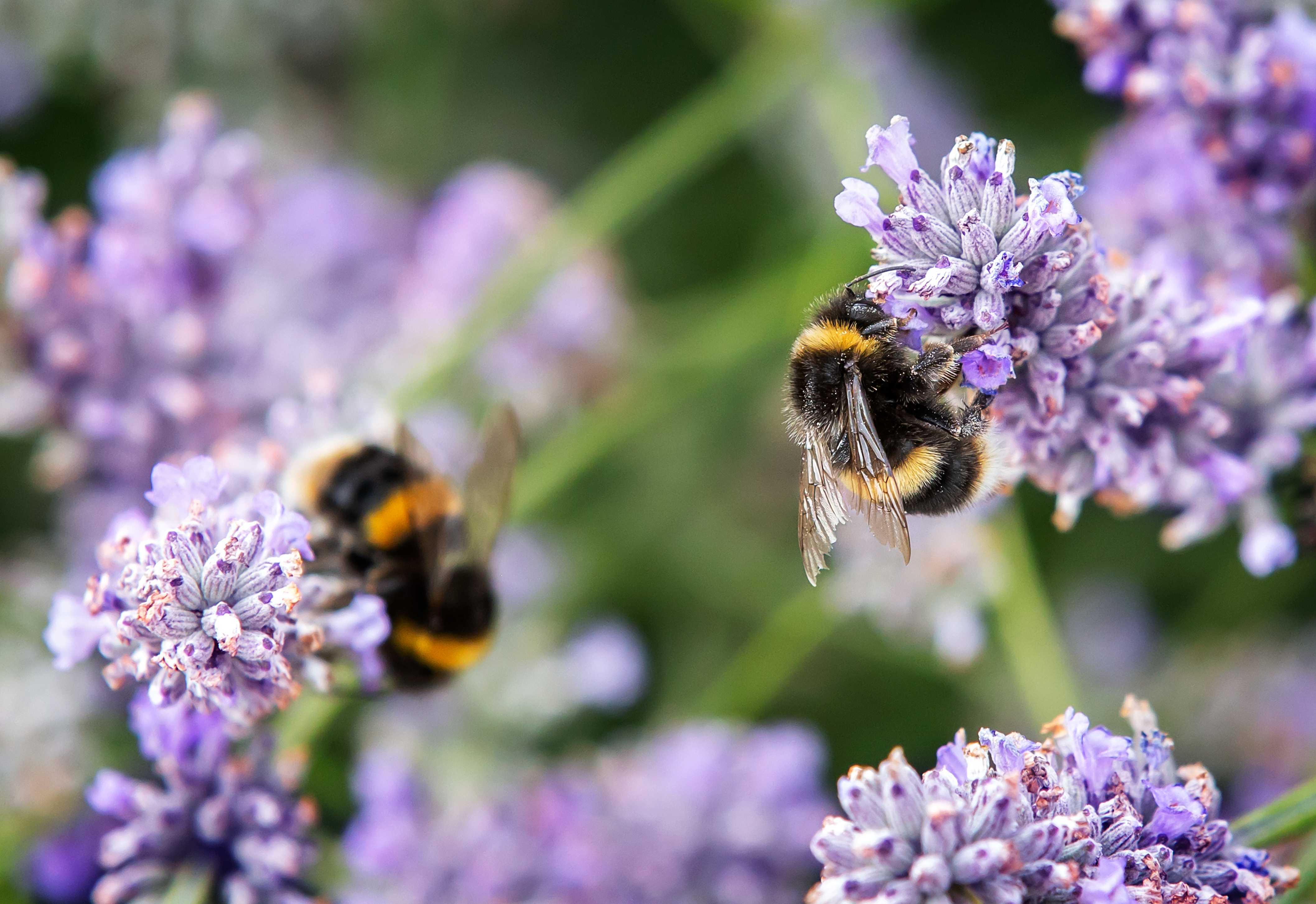Jason Goodwin: 'It was only later, in the kitchen, that he was told that Gludenfrieda’s actual name was Rachel'
Jason Goodwin examines the truth behind diet fads in an attempt to discover who is actually making waves in saving the planet.

A friend of ours gave a dinner the other day and invited a couple who had only recently got together. Welcoming them at the door, he shook hands with the new girlfriend, who wore bouncing plaits and named herself, he thought, Gludenfrieda. He gave them a drink and introduced them to the rest of the crowd. ‘This is Mark and Gludenfrieda,’ he said. ‘Jeremy, Gludenfrieda.’ It was only later, in the kitchen, that he was told that Gludenfrieda’s actual name was Rachel.
‘In that case,’ he objected, ‘why did she say, “Hi, I’m Gludenfrieda?”’ At which point, it dawned on him that she had been hastily trying to signal her dietary preferences at the threshold.
Goodwin’s Law states that the amount of attention, measured in minutes, that you give to food scares, food fads and dietary prohibitions will be in direct proportion to the number of internet users in your household divided by the weight of butter currently in your fridge. If your result is 10 or lower, you may not even be aware that we’ve just seen the end of Veganuary, in which an estimated 400,000 people ditched whatever they were eating before to pursue an animal-free diet.

I was not one of them. I did do some reading on the subject and my conclusion was that the effort to make a meat-free diet morally and ecologically superior involves some very dodgy statistics.
The Ecologist magazine has released a chart ranking foods according to their carbon footprint, led by beef, which is almost off the scale at 60kg of CO2 emissions per kg of meat. Lamb comes in second, at 24kg, olive oil stands at the same level as poultry, at six, and the clear winners, right down the bottom of the scale, are root veg, apples, citrus fruit and nuts. Nuts, in fact, get a negative rating because planting nut trees sequesters carbon from the atmosphere.
That’s all very well, but, only a few days ago, we read how billions of bees die servicing California’s almond trees, planted in droves and drenched in pesticides to supply a burgeoning market for almond nut milk, or ‘mylk’, as some people express it.
'Making a meat-free diet morally and ecologically superior involves dodgy statistics'
The same sort of monoculture has developed in countries such as Mexico to supply avocados. The results are not only a loss of biodiversity and increased pesticide use, but also deforestation and environmental degradation.
Exquisite houses, the beauty of Nature, and how to get the most from your life, straight to your inbox.
It takes hundreds of gallons of water to produce a single avocado (or a handful of Californian almonds, for that matter). Worse still, it robs small farmers of their independence. Avocado producers are now sitting ducks for extortion by violent crime gangs. Perhaps that’s why avocados don’t figure on the Veganuary chart.

Growing cereals or soya in one place to feed cattle in giant feed lots somewhere else is, of course, unsustainable, whereas beef herds eating grass, which covers more than two-thirds of British farmland, are, by a country mile, the best way of turning grass into food.
The alarmist stats on the chart lump together all the beef-rearing practices in the world, from feed lots in the US to forests cleared to grow soya beans for cattle cake, as well as the world’s largest rearer of cattle, India, where, for religious reasons, no one eats beef and a lot of methane is produced with nothing to show for it.
I think that, as we realise how few harvests we have left, animals are coming back to the farm. Well-managed grazing can restore fertility and, according to which statistics you quote, possibly make grassland a carbon sink, drawing greenhouse gasses out of the atmosphere. The key report, produced by the Oxford University-based Food Climate Research Network, goes by the brilliant title Grazed and Con-fused? Hold the lentils.